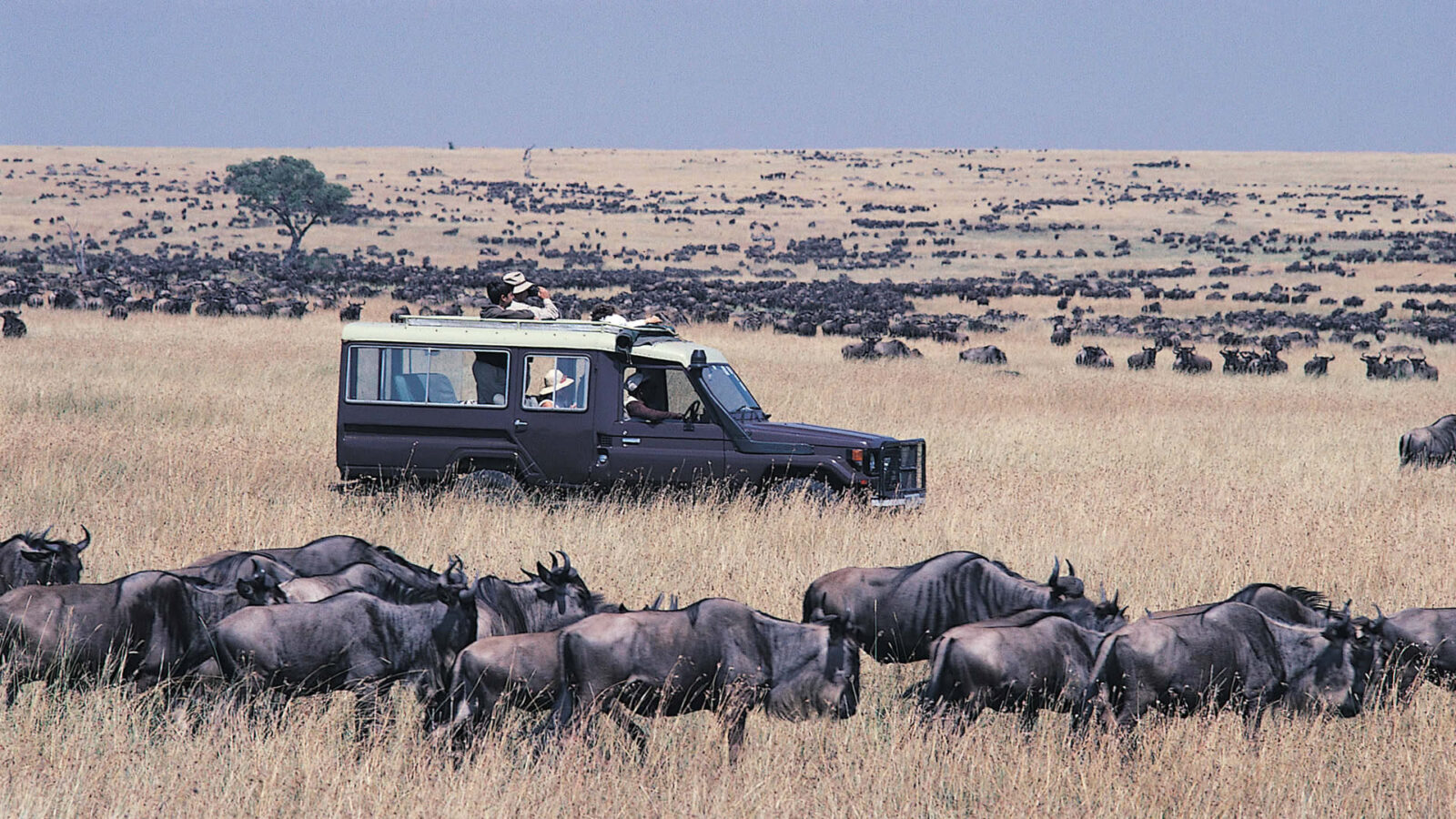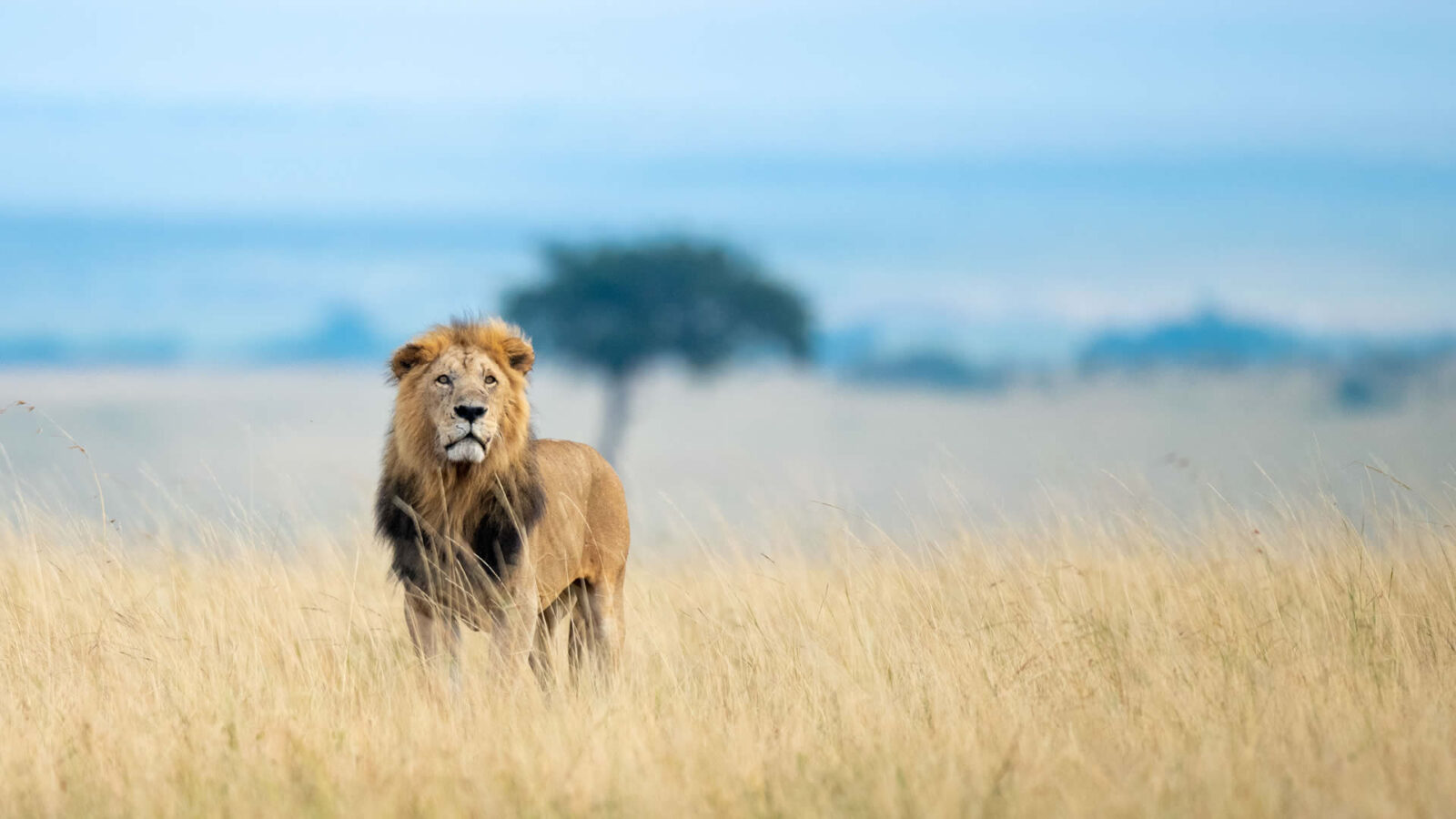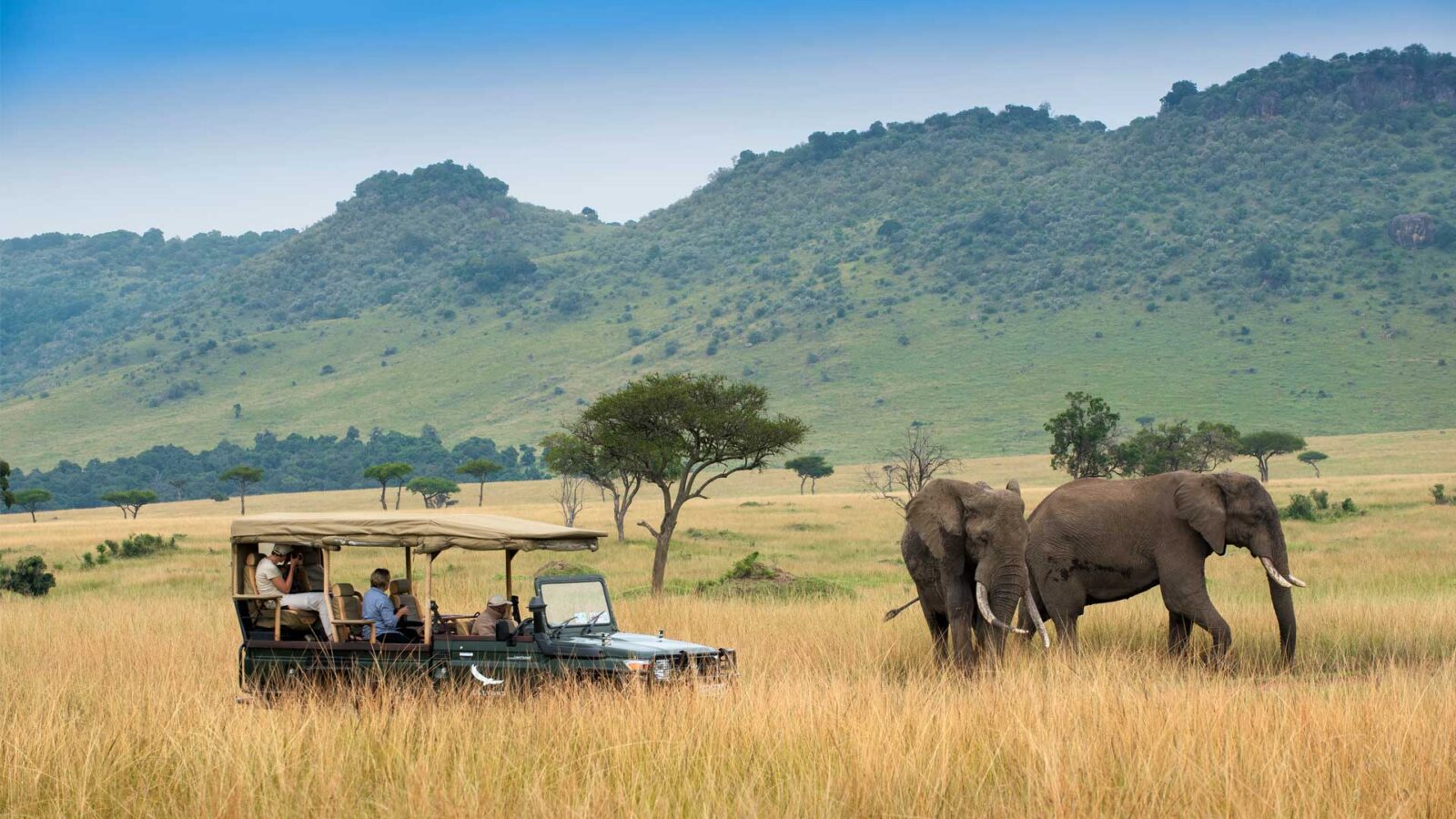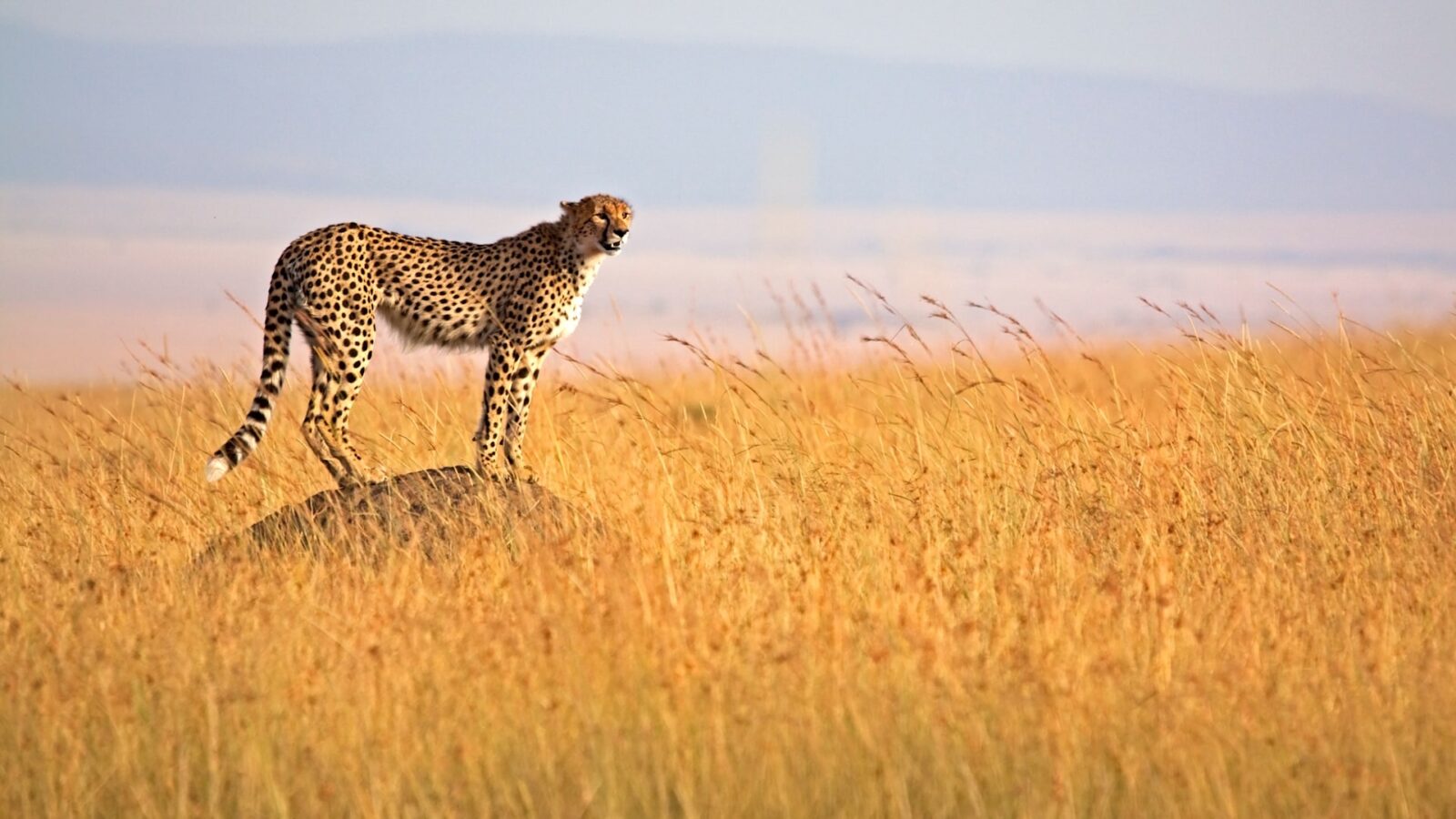
Masai Mara National Reserve— Guide
Masai Mara National Reserve – The Icon of African Safaris
The Masai Mara National Reserve stands as one of the world’s most celebrated wildlife sanctuaries — a landscape where Africa’s primal beauty and untamed wilderness unfold in every direction. Located in the southwest of Kenya, along the Tanzanian border, the Mara forms part of the greater Serengeti–Mara ecosystem, a vast natural theatre that hosts the legendary Great Wildebeest Migration and some of the most spectacular concentrations of wildlife on Earth.
To visit the Masai Mara is to experience Africa at its purest — golden savannahs stretching beyond the horizon, lions roaring across the plains, and Maasai warriors standing proudly against crimson sunsets.
A Timeless Wilderness
Covering approximately 1,510 square kilometers, the Masai Mara is a mosaic of open grasslands, acacia woodlands, and winding rivers. It takes its name from the Maasai people, the traditional pastoralists who have coexisted with wildlife here for centuries, and the Mara River, whose meandering course defines the reserve’s heart.
The reserve’s landscapes are quintessentially African — vast, golden, and alive with motion. Whether it’s elephants marching through the mist, cheetahs surveying the plains, or herds of wildebeests grazing under a crimson dawn, every moment in the Mara feels cinematic, raw, and timeless.
The Great Wildebeest Migration – Nature’s Grand Spectacle
Each year, from July to October, the Masai Mara becomes the stage for one of the planet’s greatest natural dramas — the Great Wildebeest Migration. Over 1.5 million wildebeests, zebras, and gazelles move north from Tanzania’s Serengeti in search of greener pastures, crossing the Mara River in a perilous journey of life and death.
Crocodiles wait in the waters below, predators stalk the herds from the banks, and chaos and beauty collide in a spectacle unlike any other. Witnessing this migration — the thunder of hooves, the clouds of dust, the cries of survival — is a once-in-a-lifetime experience that captures the essence of the wild.
Even outside the migration season, the Mara’s wildlife remains abundant and diverse, offering outstanding game viewing year-round.
Wildlife of the Masai Mara – The Kingdom of the Big Cats
The Masai Mara hosts over 95 mammal species and more than 450 bird species, making it one of the richest wildlife areas in Africa. Its open plains and gentle hills support an astonishing variety of life, from towering giraffes and massive elephants to stealthy predators.
The Big Five — lion, leopard, elephant, buffalo, and rhino — are all found here, though lions and leopards are especially prolific. The Mara’s lions are world-famous, known for their size, strength, and dramatic interactions captured in countless documentaries. Cheetahs, too, thrive on the plains, often seen using termite mounds as vantage points before launching high-speed chases after gazelles.
Other common species include:
Hyenas, jackals, and serval cats
Wildebeests, topis, and hartebeests
Hippos and crocodiles in the Mara and Talek Rivers
Eland, impala, and Grant’s gazelle grazing in the grasslands
The Mara’s diversity ensures that every game drive reveals something new — a lion’s hunt, a mother elephant guiding her calf, or a rainbow arching over the plains after the rains.
Hot Air Balloon Safaris – A Flight Over the Wild
Few experiences compare to a hot air balloon safari over the Masai Mara at sunrise. As the balloon lifts gently above the plains, the world opens up below — herds of elephants, rivers lined with hippos, and endless golden grasslands bathed in morning light.
The silence, broken only by the hiss of the burner and distant animal calls, creates a feeling of complete awe and tranquility. After landing, most balloon safaris end with a champagne breakfast in the bush — a fitting toast to an unforgettable morning.
The Maasai People – Guardians of the Land
The reserve is named after the Maasai, one of Africa’s most iconic and culturally rich tribes. Visiting a Maasai village offers a chance to learn about their traditional lifestyle, vibrant dress, beadwork, music, and deep connection to nature.
The Maasai have lived alongside wildlife for generations, herding cattle and maintaining their customs despite modernization. Their graceful dances, red robes, and proud spirit add profound cultural depth to any safari experience.
Community visits also support local conservation and education projects, ensuring that tourism benefits the people who help protect this magnificent ecosystem.
Seasons and When to Visit
The Masai Mara offers spectacular wildlife viewing year-round, though the experience changes with the seasons:
July to October: Peak of the Great Migration — dramatic river crossings and predator action.
December to February: Warm and dry — excellent for big cat sightings and photography.
March to May: Long rains — lush landscapes, fewer crowds, and great birdwatching.
June and November: Shoulder seasons — fresh greenery, young wildlife, and quieter safaris.
Each season offers a unique perspective — from the dry golden tones of August to the emerald freshness of November’s rains.
Activities in the Masai Mara
Game Drives: Morning and evening drives reveal the full diversity of the reserve.
Hot Air Balloon Safaris: A breathtaking aerial view of the savannah.
Guided Nature Walks: Explore the smaller wonders of the Mara with expert naturalists.
Cultural Visits: Engage with Maasai communities to learn about their heritage and conservation role.
Photographic Safaris: Capture sunrise silhouettes, dramatic hunts, and stunning wildlife portraits.
Getting There
The Masai Mara lies about 270 kilometers (5–6 hours by road) from Nairobi. The drive takes travelers through scenic highlands and the Great Rift Valley before descending into the plains.
For a faster option, daily scheduled flights connect Nairobi’s Wilson Airport to Mara’s airstrips such as Keekorok, Olkiombo, and Musiara — taking just 45 minutes and offering beautiful aerial views of the Rift Valley.
Accommodation Options
The Mara offers a wide range of accommodation — from luxury tented camps along the riverbanks to mid-range lodges and intimate eco-camps in private conservancies. Many lodges feature open-air lounges, infinity pools, and candlelit bush dinners beneath the stars.
For those seeking exclusivity, the Mara Conservancies bordering the main reserve offer more private experiences with fewer vehicles, guided walks, and night drives — ideal for travelers seeking serenity and space.
Conservation and the Mara Ecosystem
The Masai Mara faces challenges such as habitat pressure and climate change, but conservation partnerships between communities and private reserves have become models of success. The Mara Conservancies, jointly managed by Maasai landowners and eco-conscious operators, help protect wildlife while ensuring local communities benefit directly from tourism.
This shared stewardship keeps the Mara’s magic alive — a living example of coexistence between humans and nature.




